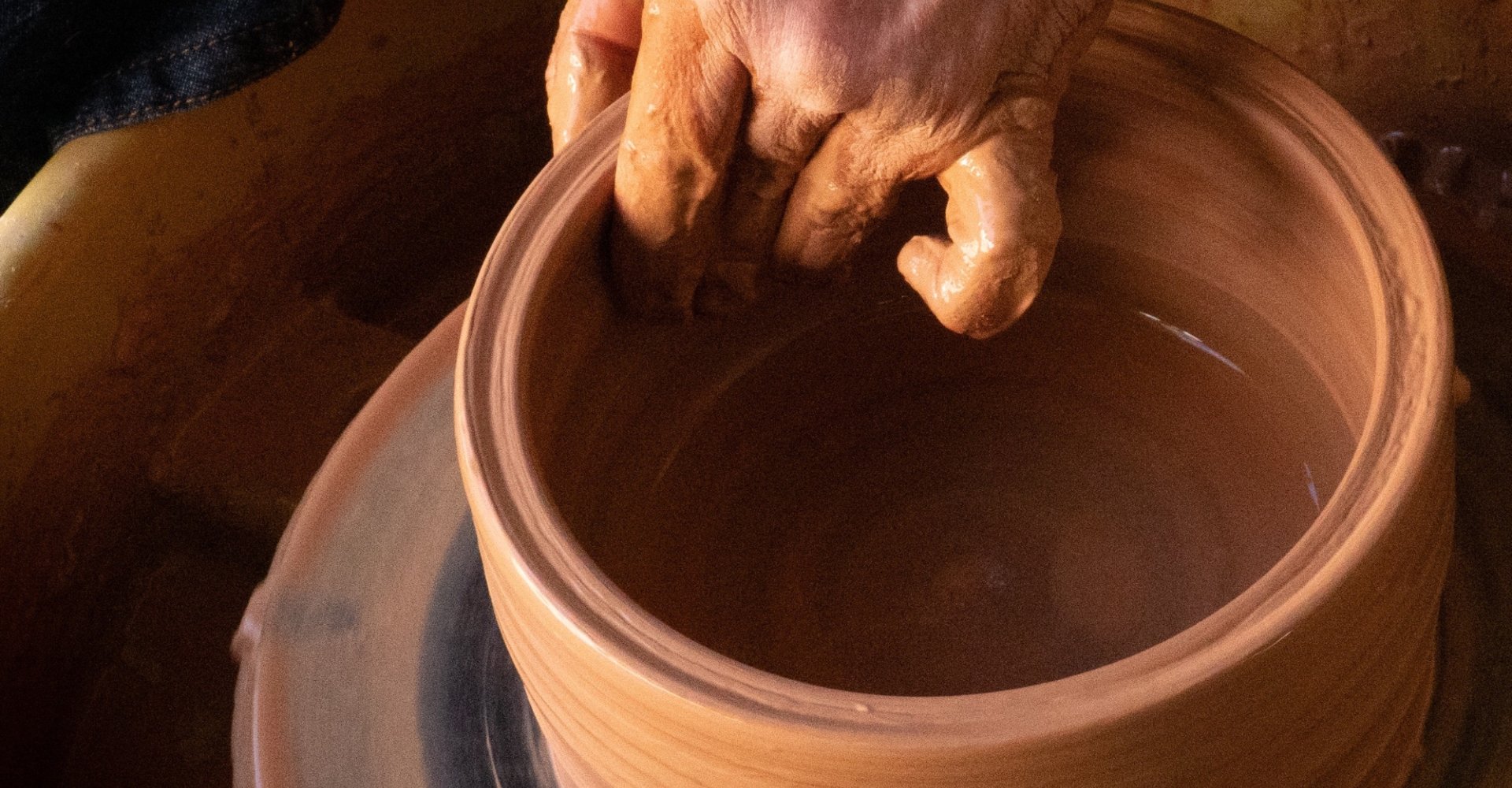The terracotta of Trequanda

From the Etruscans to the Renaissance, up to the present day, the red clay of the Crete Senesi has been modelled into unique products that reveal the territory
The working of terracotta is a centuries-old art that has acquired increasing importance in the Crete Senesi and neighbouring areas. Today, one of the most flourishing productions of terracotta is found in the hamlet of Petroio in Trequanda, where manual techniques survive that form unique pieces from the materials.
The rich deposits of red clay that characterize the Crete Senesi were the basis for the development of this craft. In the surroundings of Trequanda and throughout the area, quarries and kilns have been built that were the working places for master potters. The latter were specialized in the so-called "square work" and "round work". The first was related to the production of tiles and bricks thanks to the use of a frame, while the second referred to the creation of jars and amphorae. The use of the lathe for the production of rounded objects, already widely used by the Etruscans, was later supported by the manual technique of the colombino that was able to give the objects original shapes.
With the Renaissance, the production of terracotta in Trequanda experienced a notable acceleration. The working of clay was positively viewed and the objects acquired the status of architectural elements, appearing in the streets and in homes. In Trequanda, as in Petroio, it's possible to encounter the “madonnini” and numerous terracotta eaves in the streets. In Petroio, this tradition is revealed in the Terracotta Museum that's set up in a historic building.
